This afternoon President Obama pressed forward with the tired liberal talking point that he must be allowed to ramrod a Supreme Court nominee through the confirmation process before the election.
This is in fact false. It flies squarely in the face of historical precedent. It has not been since 1880 that a President of one party has successfully had a Supreme Court nominee confirmed by a Senate controlled by another party in a presidential election year.
Of course, not to be outdone by the facts, President Obama once again asserted the false narrative that Justice Anthony Kennedy was confirmed in the last year of President Reagan’s term in office as proof-positive that his own eventual nominee to the high Court should be forced to a vote in the Senate this year.
This narrative is demonstrably false and misleading to the American people.
Here’s what actually happened:
The vacancy filled by Justice Kennedy opened on June 26, 1987 when Justice Lewis Powell retired. President Reagan nominated Robert Bork on July 1, 1987. Senate Democrats strongly signaled opposition to a Bork nomination, but President Reagan nominated him anyway. After a months-long process, the Democrat-controlled Senate denied Bork’s confirmation on October 23, 1987.
President Reagan announced he would nominate Douglas Ginsburg, but this nomination was later withdrawn. Finally, Anthony Kennedy was nominated on November 30, 1987 and confirmed on February 3, 1988.
The vacancy was lengthy to allow the constitutional process to play itself out, the original nominee was blocked, and the Senate confirmed Justice Kennedy unanimously on February 3rd.
We are already past that point in this presidential election year, at a historic moment in which the Supreme Court’s ideological composition has never been more consequential.
Historical precedent strongly favors letting the people decide something so vitally important at the ballot box.
In fact, the example of Justice Kennedy’s confirmation – in which he was nominated the year before the election, based on a vacancy that arose nearly 16 months prior to the election, and only after two other nominees for the same seat had failed – provides strong evidence of the fact that historic precedent is firmly on the side of ensuring that the Senate’s co-equal constitutional role in the appointment of Supreme Court justices is upheld through a thorough vetting process and that the American people should play a vital role in selecting the next justice. That’s what’s at stake this election.
At the ACLJ, we’re demanding that our next President be the one to select the next Supreme Court justice and thus allow the American people to have a voice. If you agree, sign our petition today.
You can also contact your U.S. Senators directly though this helpful link and demand the American people have a voice in selecting the next Supreme Court justice.
Matthew Clark is Senior Counsel for Digital Advocacy with the ACLJ and Contributing Editor at RedState. Follow Matthew Clark: @_MatthewClark.


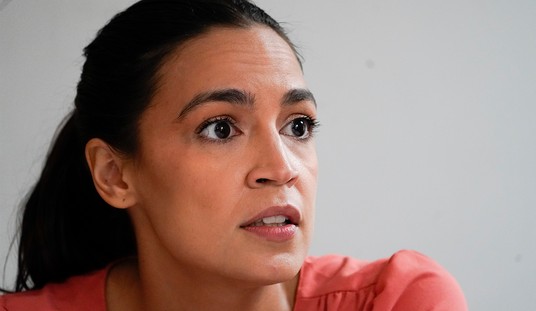


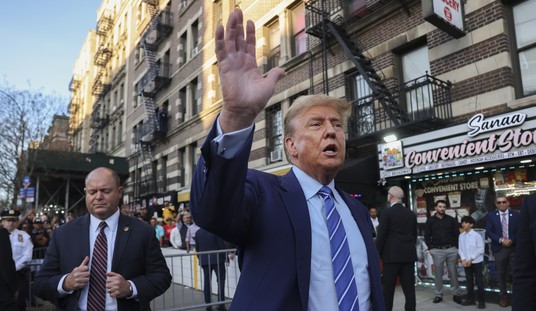

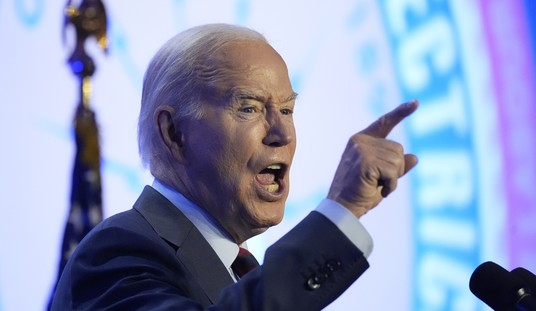

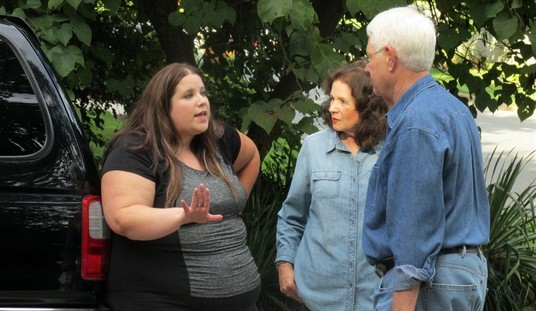
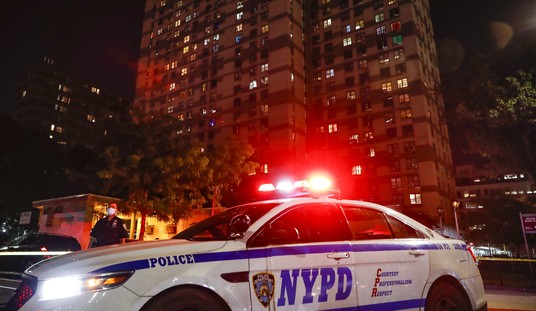



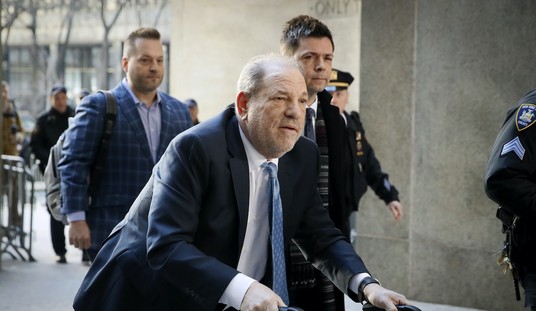
Join the conversation as a VIP Member